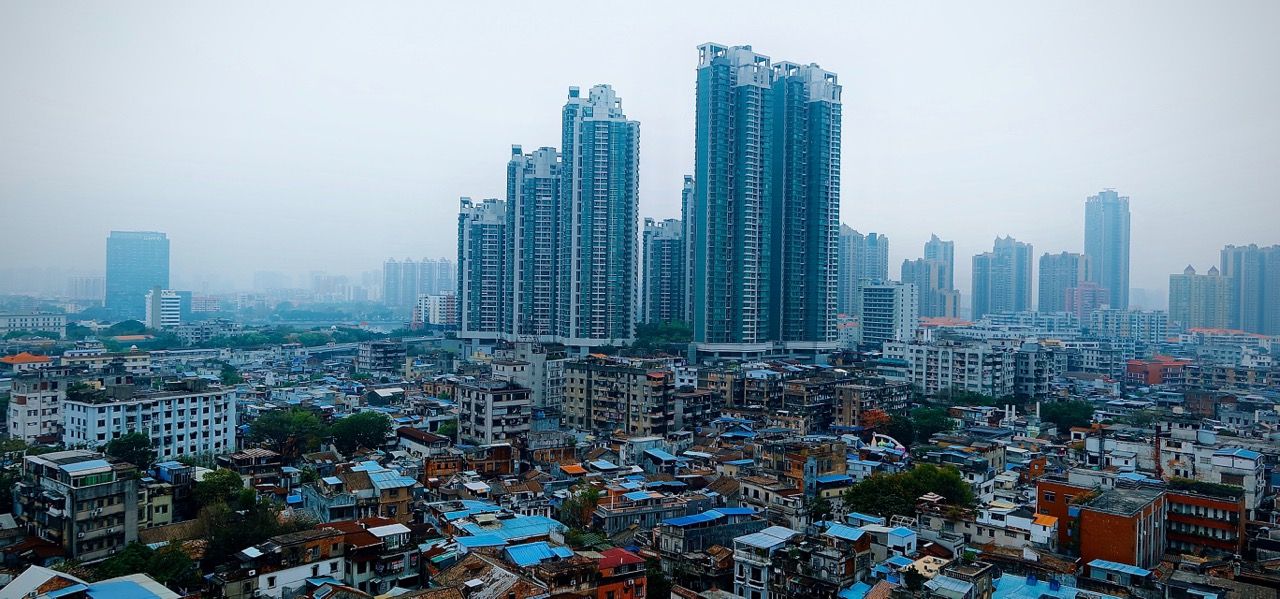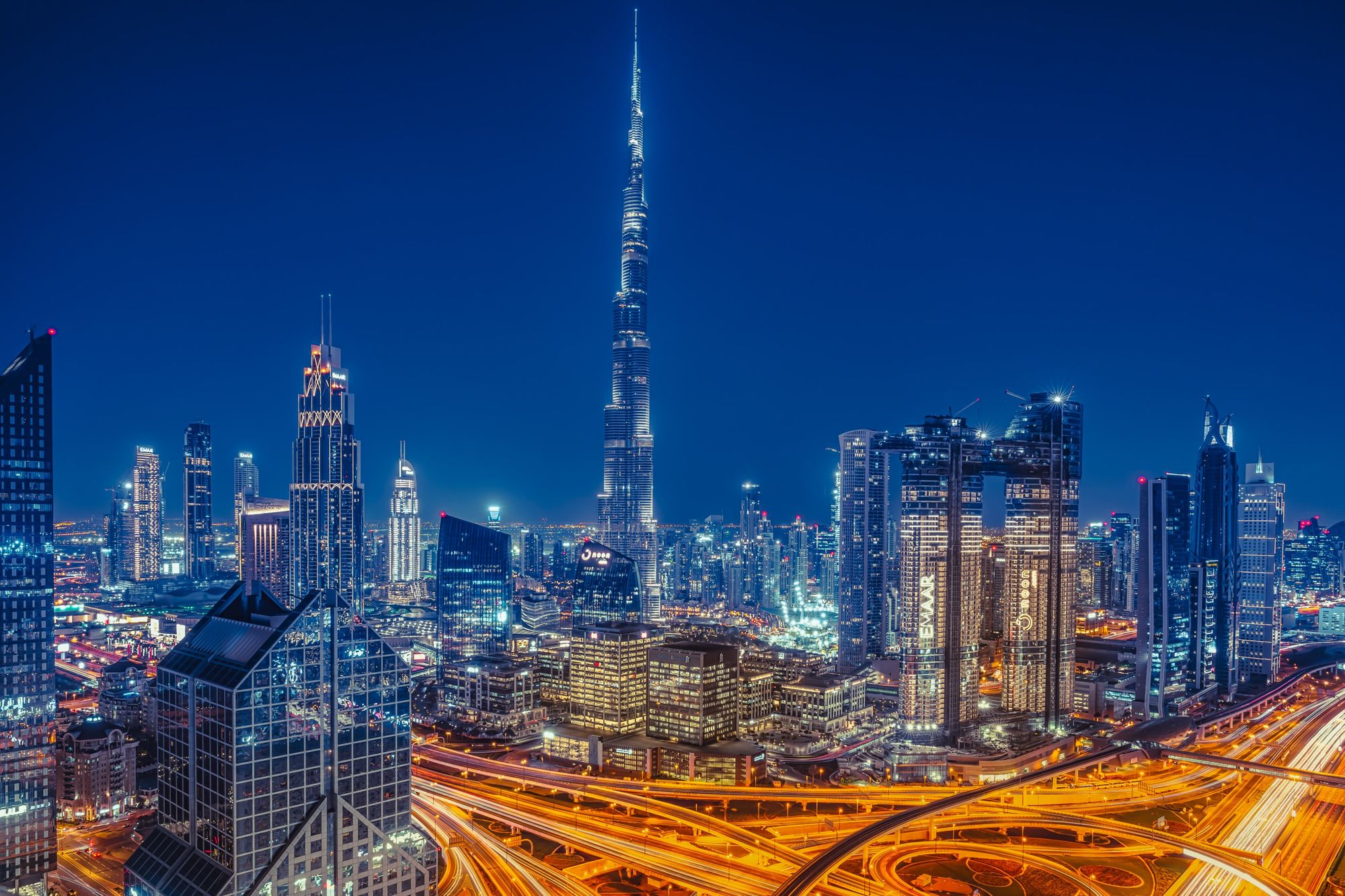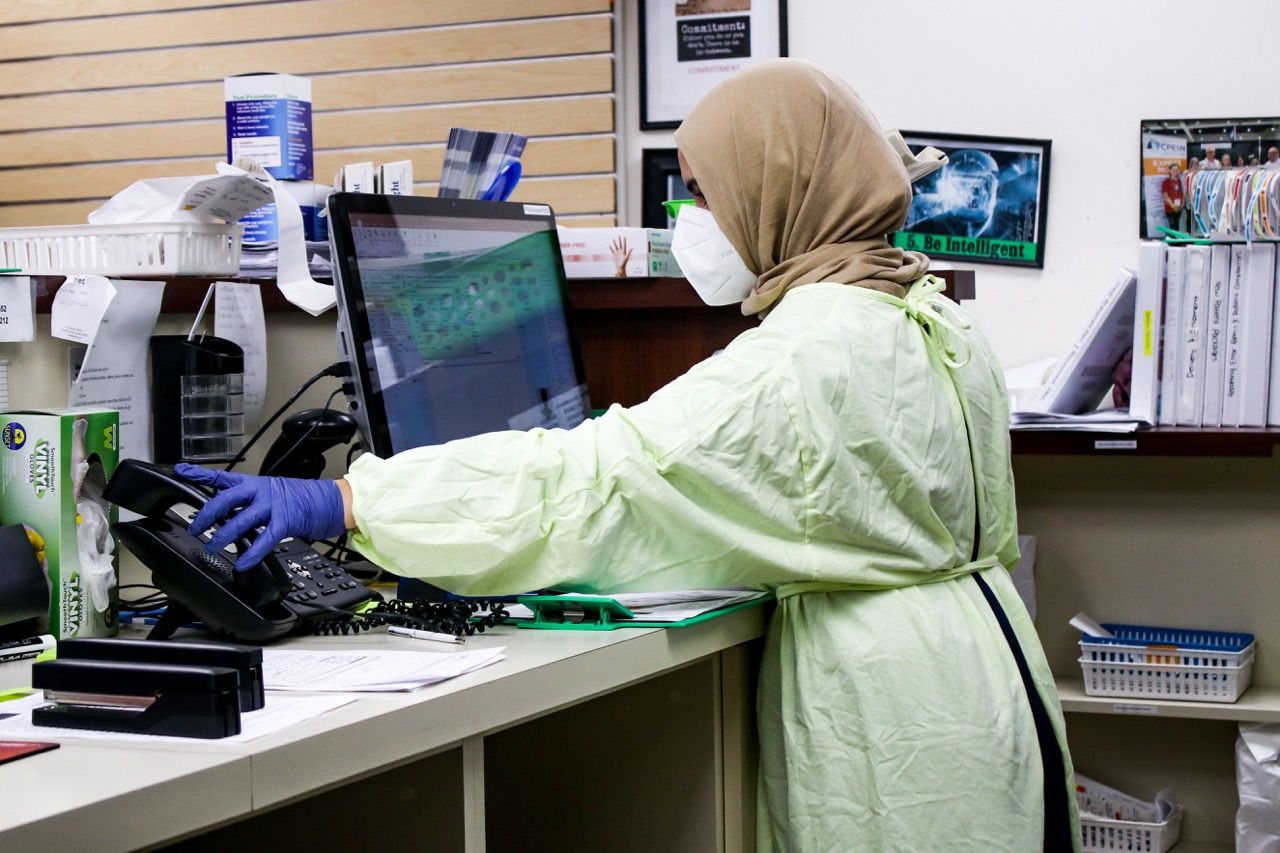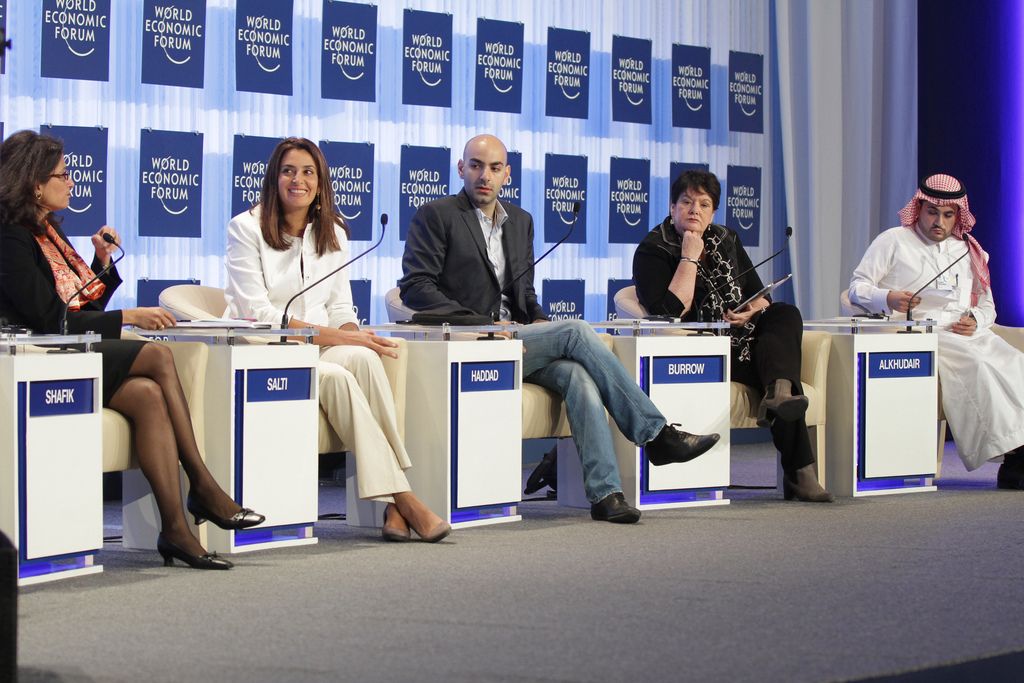Money talks. Whether space tourism, futuristic zero-carbon metropolises, or “revolutionary” transportation Hyperloops, the world’s billionaires are never without their latest innovation or hubristic passion project. Buoying these “heroic” endeavors, the ultra-wealthy saw their exorbitant fortunes grow a staggering US$ 3.9 trillion in the first year alone of the COVID-19 pandemic. Over that same period, globally, workers lost US$ 3.7 trillion in earnings. Under international calamity, it is self-evident who wins and loses.
Such trends are not distinct to the coronavirus epoch. Even as COVID-19 death totals surpass six million people, income inequality distends to unfathomable extremes worldwide. The Middle East and North Africa (MENA) typify these superlatives, collectively considered to be the “most unequal region in the world,” more unequal, in fact, than any other single country. From petroleum billionaires to poverty-stricken migrant workers, to effectively grasp the distressing reality of global inequality and its exacerbation by COVID-19, one need only examine the MENA region to see just how far we are from economic parity.
The Character of MENA’s Inequality

Inequality is not the sole product of a COVID-driven recession both globally and in the Middle East and North Africa. In the decades before the virus permeated every corner of the world, the MENA region endured staggering levels of economic disparity. Since the early 1990s, the top one percent of earners have claimed 30 percent of total income, and the top 10 percent have captured over 60 percent. Meanwhile, the bottom 50 percent of the population has floundered with under 10 percent of the wealth. Indeed, the income gap continues to swell to an unprecedented apogee. In 2020, for example, 37 individual billionaires controlled wealth equivalent to the bottom half of the entire MENA adult population; separately, 21 of the region’s wealthiest magnates have gained over US$10 billion in net worth since the pandemic’s onset.
Historically, MENA’s combination of inequality, rapid population growth—an increase of more than 200 million people in three decades—and authoritarianism has proved a volatile and incendiary hub for revolutions and social change, most memorably culminating in the widespread 2011 Arab Spring uprisings. Although MENA’s wealth inequality decreased relative to other regions between the 1990s and 2000s, its position at the forefront of global financial asymmetry remains steadfast and alarming.
Economic inequality in Western Europe and the United States pales in comparison, with the total income accrued by the top 10 percent of earners between 1990 and 2016 reaching, a still drastic, 37 and 47 percent, respectively. Moreover, states such as South Africa (62 percent) or Brazil (55 percent), widely characterized as the most unequal countries in the world and infamous for their legacies of Apartheid and systemic racial discrimination, hardly compare to the MENA region in terms of economic disparity. Additionally, it is notable that MENA’s acute levels of inequality persist despite unusually high levels of racial and ethnocultural homogeneity. While contemporary scholarship posits that diversity has historically catalyzed greater inequality and class stratification (with homogeneity as an oft-equalizing economic force), as the Brazilian and South African cases underscore, MENA emphatically bucks this trend.
The Gulf: Inequality at its Zenith

A dual and polarized social structure defines the MENA region. Its wealthiest inhabitants are broadly comparable to the largest earners in high-income countries, while, in parallel, the region’s much poorer population receives little income at all. Separately, the middle class—or the middle 40 percent—is also starved out by the top echelon, a process COVID has hastened, globally pushing hundreds of millions of people into extreme poverty.
Inequality in the MENA region also emerges from a geographical cleavage between the oil-producing Gulf countries—constituting just 15 percent of the regional population but receiving half of the total income—and their less well-endowed peer nations. Indeed, the Gulf as the least egalitarian subset of the Middle East epitomizes many of the once tacit economic and social divisions that COVID has exposed.
In the Gulf, migrant workers serve as the social glue, constituting over 70 percent of the employed population. Nonetheless, these low-wage migrant laborers, mainly from Asia and Africa, exist in a limbo state of essential yet vulnerable and unregulated labor under the onerous “kafala” worker sponsorship system. Those in the Gulf make up almost 14 percent of the global migrant worker population, suffering from inhumane abuse and exploitation and causing many international actors to denounce the kafala system as a form of “modern slavery.”
Gulf migrant laborers are frequently categorized among the roughly 2 billion people worldwide that work in the informal—or untaxed, unmonitored, and unincorporated—sector, overwhelmingly within developing countries. COVID threatens the livelihood of approximately 80 percent or 1.6 billion of this class of workers, with the Gulf’s 16 million migrant laborers left especially vulnerable due to already inadequate legal and social protections.
MENA Outside the Gulf: Diagnosing the Problem

Over the course of the COVID pandemic, the world has learned that the ability to work remotely, reduce income loss, and prevent the spread of infectious disease relies on the institutionalization of one’s labor. Formal sectors are readily adaptable to extended online interaction. The workers who provide the professional class with services are less fortunate. Economic structures in the Middle East frequently incentivize informality, curtailing any potential widespread access to social security schemes. As a case in point, 85 percent of young workers in the MENA region function within the informal sector. COVID’s ramifications are ubiquitous and disastrous, as the unemployment rate among the youth demographic reached 23 percent in 2020 and was nearly twice as high for young women, at 42 percent.
In the Middle East and North Africa, much like the rest of the world, women continue to bear the brunt of inequality during COVID. Women fill most health and service care positions, facing an increased risk of infection and death. During quarantine and lockdown periods, women’s already hefty burden of unpaid care work—roughly five times more than men—augmented. The inequality impelled by COVID is global in scale but localized and disproportional in impact. Although Middle Eastern women only comprise 20 percent of the workforce, their job losses equate to around 40 percent of the total deficit, or 700,000 livelihoods. Individual protections, for example, from increases in gender-based violence during COVID, are but one necessary component of future government strategies.
Nonetheless, before the current COVID crisis, decades of internal tumult and coerced neoliberal austerity reform disemboweled non-Gulf MENA countries’ universalist safety nets and public health infrastructure. These ill-informed policies rendered the region the epitome of inequality, even while GDP metrics conjure pictures of relative stability and economic well-being. Since 2011, the IMF has co-signed reform programs in Tunisia, Egypt, and Jordan to promote fiscal consolidation, reconfigure subsidies, and restrict public wage bills. Tangibly, these austerity measures have eroded the possible institution of affordable and accessible essential services, on the one hand, increasing women’s unpaid care work. As the pandemic rages, MENA governments have experienced the adverse impact of these poorly conceived policies, reaping what they have sown.
A Tentative Model for Change

The need for a universal approach to social protection is undeniable in the face of COVID’s calamity. However, reluctant spending on these services predates the pandemic, with almost all countries in the region, save the Gulf nations, previously contributing less than 1.2 percent of their GDP to social protection. While cash influxes like the US$3.9 billion in emergency loans the IMF has pumped into MENA assist the region’s virus response in the short-term, such agreements are usually predicated on a rapid return to the same austerity and fiscal consolidation policies that originally exacerbated the crisis.
Money talks, but often with little substance. Infrastructure projects, particularly in the Gulf, center the conversation on the extravagance of the few, never the material problems and suffering of the many. Prospective initiatives such as Saudi Arabia’s 2030 Vision lose themselves in lethargy, falling well short of the lofty objectives they purport. To begin to address the vast regional inequality, MENA governments must intentionally prioritize “pro-poor” investments in education, health, and infrastructure or measures for regional redistribution.
Among potential policy solutions, redistributive measures are one of the most compelling. For example, if MENA countries had implemented progressive wealth taxes of just two percent over the last decade, their governments could have generated more income than all the austerity-centric IMF loans put together. Tax systems in the Middle East and North Africa can no longer rely on regressive indirect taxes to saturate coffers or continue to favor corporations and the ultra-wealthy over working-class citizens. Taxing concentrated wealth is not a foil to economic development and prosperity.
Across the globe, COVID-19 has exposed the innate fragility of contemporary capitalist economies built on extreme inequality and sycophancy of the ultra-wealthy. A more sustainable and all-encompassing model is both possible and imperative. In the Middle East and North Africa, this future may begin with universalist health care and social protection policies that recognize all workers, formal or informal, migrant or national, as equal and deserving of basic amenities. The “tyranny of the status quo” is on the ropes. In MENA, perhaps leaders can yet deliver a transformative blow.
Cover photo: "The Egyptian" in September 2020. Photo by Eman arab, accessed via Wikimedia Commons.





